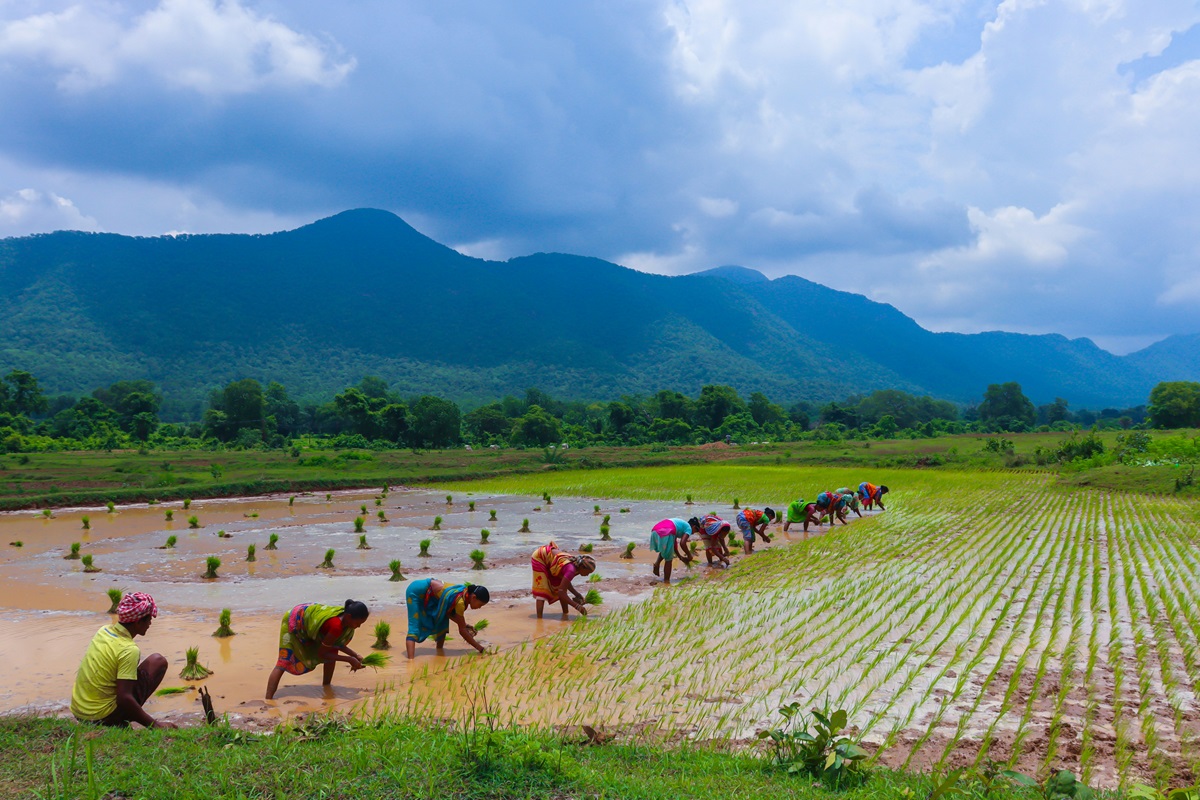By 2033, India will overtake China as the world’s largest rice producer
An OECD-FAO report expects ice output to rise worldwide by 11 per cent with robust growth in exports from Cambodia and Myanmar. After the peak triggered by drought fears, prices are still 14 per cent higher than 12 months ago.
Milan (AsiaNews/Agencies) – As a result of better yields, world rice output will grow by 11 per cent over the next 10 years to reach 587 million tonnes in 2033, this according to the Agricultural Outlook for 2024-2033 recently released by the Organisation of Economic Cooperation and Development (OECD) and the UN’s Food and Agriculture Organisation (FAO).
In Asian countries, where much of the world's rice production is concentrated, the expansion "is expected to be robust" with the largest growth expected in India, which should overtake China to become the world's leading rice producer. China will come in second place, followed by Indonesia, Thailand, and Vietnam.
In terms of exports, rice shipments from South Asia and Southeast Asia are expected to grow at an annual rate of 2.8 per cent over the next decade, allowing the region to further expand its share of global exports to 86 per cent.
According to the Outlook’s estimates, a significant part of this growth should be recorded in countries that are currently less developed, such as Myanmar and Cambodia.
These two countries “are projected to register strong export expansion, with their rice shipments collectively increasing by 146 per cent from 4.3 million tonnes in the base period to 10.5 million tonnes by 2033”, potentially capturing a greater share of markets in Asia and Africa.
As for prices, the Outlook notes that global wheat and corn prices continued to fall last year, following the surge in 2022 following Russia's military offensive in Ukraine. By contrast, 2023 proved to be a tumultuous year for the rice market.
“International rice prices soared to a 15-year peak,” the Outlook says, “spurred initially by apprehensions regarding the adverse production effects of El Niño and by a step-up of export restrictions by India in July and August 2023.
“Since then, further price increases have been averted by signs that the actual impact of El Niño on global rice production would be less severe than expected, combined with sizeable exceptions to export restrictions approved by India and a step-up of shipments by other exporters.
“Nevertheless, reflective of the lingering uncertainties surrounding trade policies and weather conditions, in March 2024, international rice prices remained high and about 14 per cent above their year-earlier levels.”
The outlook notes that a “substantial share” of South Asian and Southeast Asian agricultural commodity trade takes place within the region, but even these markets must cope with the risks created by Houthi attacks on Red Sea shipping that prevent transit through the Suez Canal.
“While the conflict remains, trade from Southeast Asia into Europe and North Africa will have to reroute away from Suez Canal around the Cape, adding time and costs to shipping that can disrupt supply chains.”







.png)










